Word is, Folding Kodak Retinas are a lovely piece of kit, provided your winding mechanism isn’t broken. I had a beautiful Retina iia with a dodgy winder. F2 Schneider lens, nice clear rangefinder, I sent it to Dave, my camera wizard, full of hope. In the interim I bought a Retina ia as a possible donor. The difference between the two models were that the one lacked a rangefinder so had a smaller top section, and the lens was an f2.8, other than that the one and two were identical. They were manufactured side by side by the Nagel company in Stuttgart, Germany. Official lists state they were manufactured from 1951-54 but some people think it was as early as 1949. The build quality of both is superb and, while not cheap, they are still relatively inexpensive, for the time being. Well, my iia was unfixable, ok probably not unfixable per se but it needed hugely expensive professional help which made it unviable.
Thankfully the donor 1a hadn’t been disassembled for bits so I thought I would give it a go. It cost me the princely sum of £20, and that with a Gossens auxiliary shoe light meter that works beautifully. The camera is heavy despite being small. It is no bigger than my hand and slides easily into a jeans pocket. Loading film is much like any modern camera. The back is opened by a lever revealing a standard looking film bay. There is a pressure roller on the back plate along side the pressure plate. Mine also has a red sticker, proudly proclaiming that it was serviced by Kodak in 1961.
On top, to the right of the viewfinder tunnel you have the winding lever, a release button for jams and such like, the shutter button and some nice engraving, to the left you have the auxiliary shoe & rewind knob with the film reminder containing six long dead film stocks.
On the back is the worlds smallest viewfinder (5mm x 2.5mm) and some zeiss bumps. On the bottom is the film rewind release knob and the button to open the front. The lens is a Schneider Kreuznach Retina Xenar 50mm f2.8 with a synchro compur shutter. Aperture is f2.8 – f16 & shutter speeds range from bulb & 1 sec to 1/500. Flash is the usual X & M and focus is via a knurled dome on the side.
The button on the base is pressed to open the door. In order to close it the focus must be at infinity, at which point it allows you to press the top and bottom locking buttons. The shutter is virtually silent and mine is quite accurate down to about 1/10, after which it’s a bit slow. Winding is done by the lever, on top of which is the film counter. The counter on these counts down to zero, at which point it locks and will not fire unless you wind it past the locking point. The biggest sticking point is the viewfinder. It is so small you often can’t find it and have to move the camera from your eye so you can see where it is. It gives you an idea of framing, but not a lot more. I love this little camera. The lens is sharp enough and the experience of using such a beautifully manufactured item is one of the reasons why we shoot vintage cameras in the first place. It’s not a camera for quickly changing scenes but on a sunny day, using sunny 16 and zone focusing it is just the thing to put a great big smile on your face.
The film.
I bought an Alden bulk loader containing an unknown amount of “Mistry” film. Once the test roll was developed, the writing on the side of the frame identified it as FP4 safety film. As FP4+ came out in 1990 the assumption is this is 80s film. I had about ten rolls to play with and shot it at 64 & 125. I developed it +1 it in Rodinal, ID-11, HC110 and caffenol (stand) and the results were pretty good. Rodinal was way too grainy, the others were ok but HC110 was the nicest. It was in the developer for 14:51 @ 20c but I think this was too long.
My first experience of HC110 was the bellini Euro HC. Beautiful stuff. The timings on massive dev were spot on and the results were great. I then bought some of the new formula Kodak HC110 and got loads of thin negatives, so I increased the time by 10% and changed the agitation scheme to 5 every 30 secs as per a Kodak datasheet. I have since reduced the time to +5% after getting some dark negatives. It would be interesting to know if anyone else has experienced thin negatives from the new formula of HC110. As for the Mistry FP4, It was dark. I wasn’t sure if I had over exposed or over developed.
Either way, I didn’t have high hopes. I scanned the negatives using a pixl-latr and the Forster 35mm carrier and took them into Lightroom. The results were astonishing. I am a digital shooter and am use to pixel peeping, thats a bad idea with this stuff, the grain is epic however, viewed in the correct way, the images are really nice. I have two rolls of FP4 left plus some 1992 Orwo NP27 and can’t wait to get out there and shoot some more expired film.
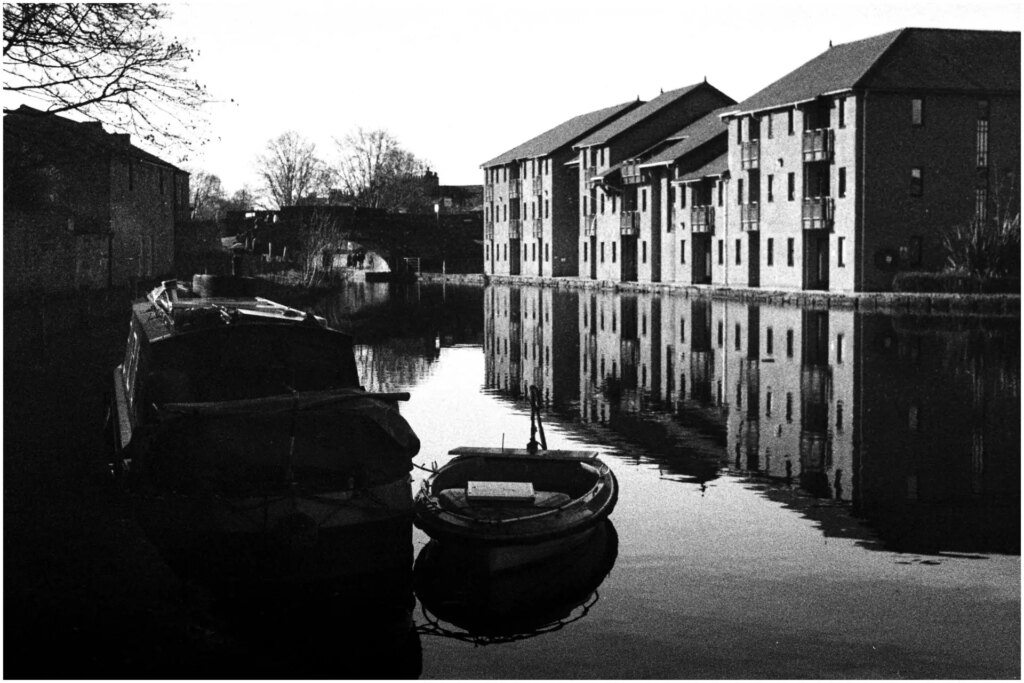
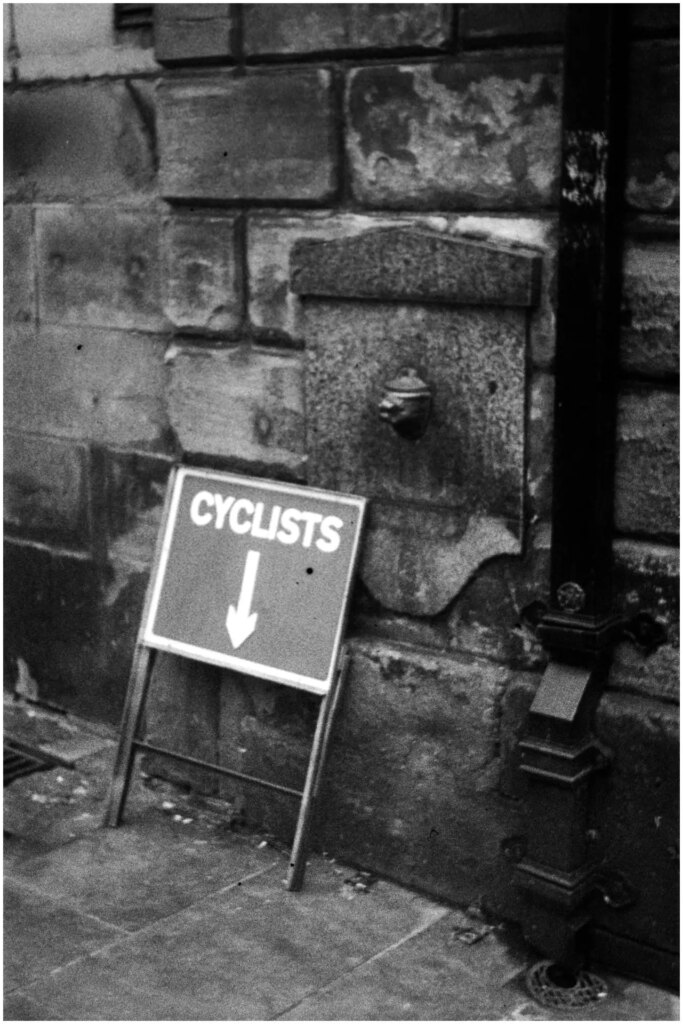
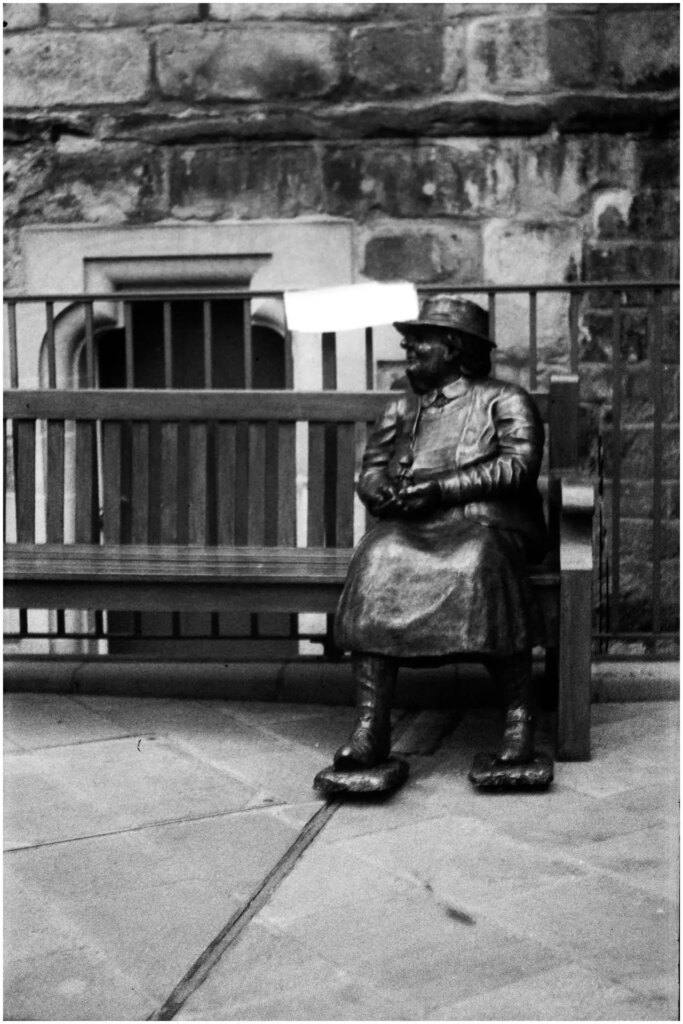
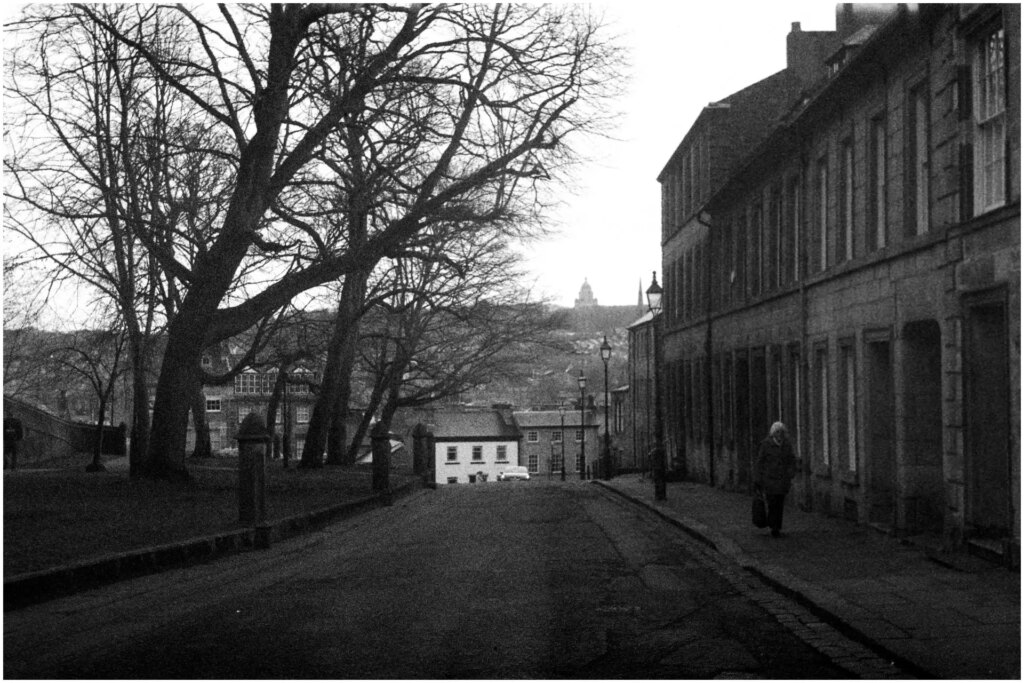
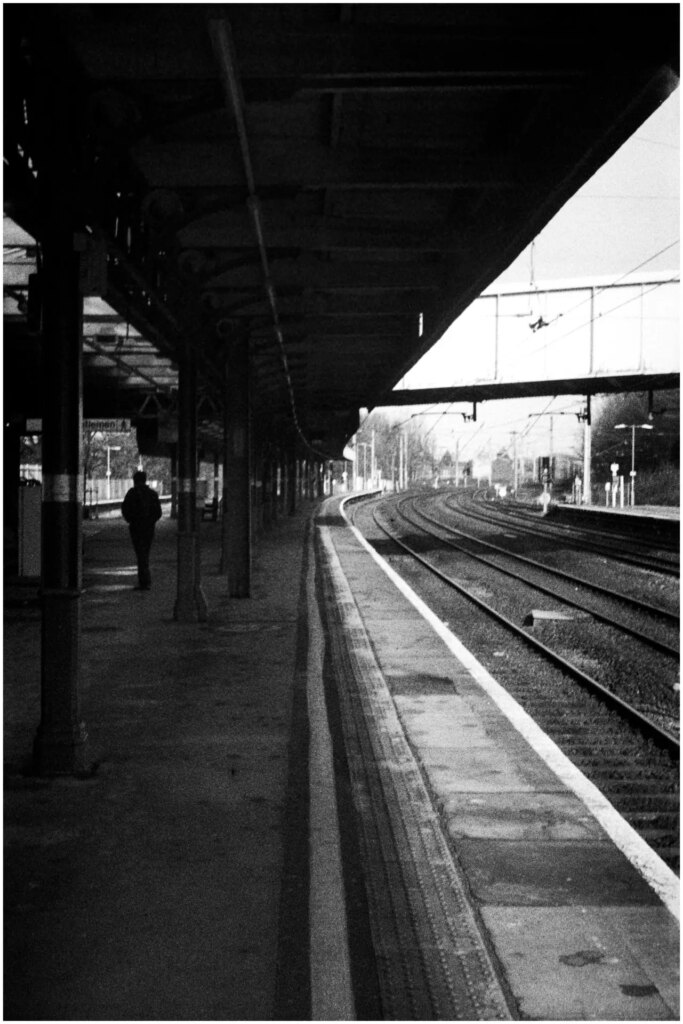
Thanks for reading
Share this post:
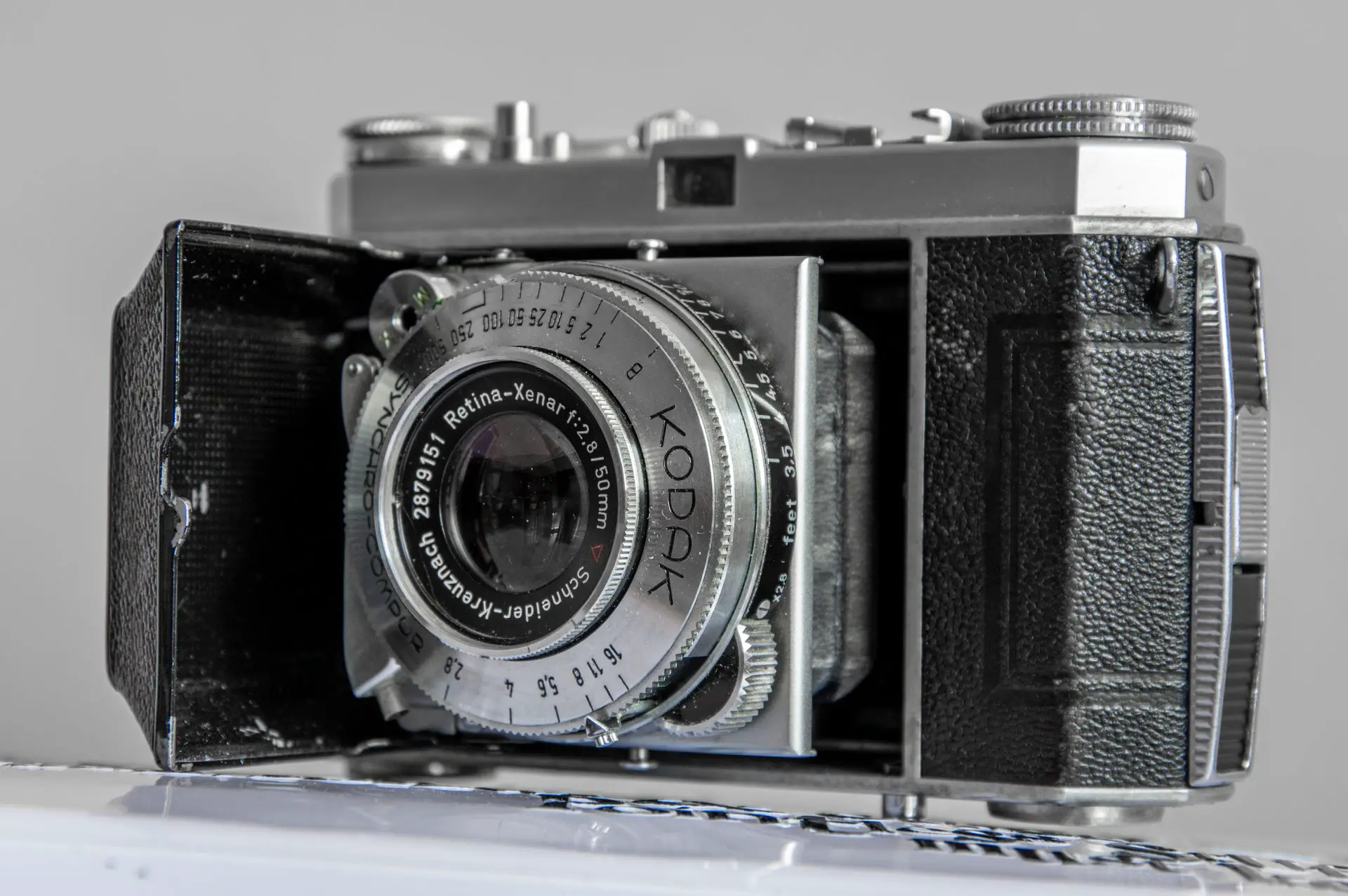
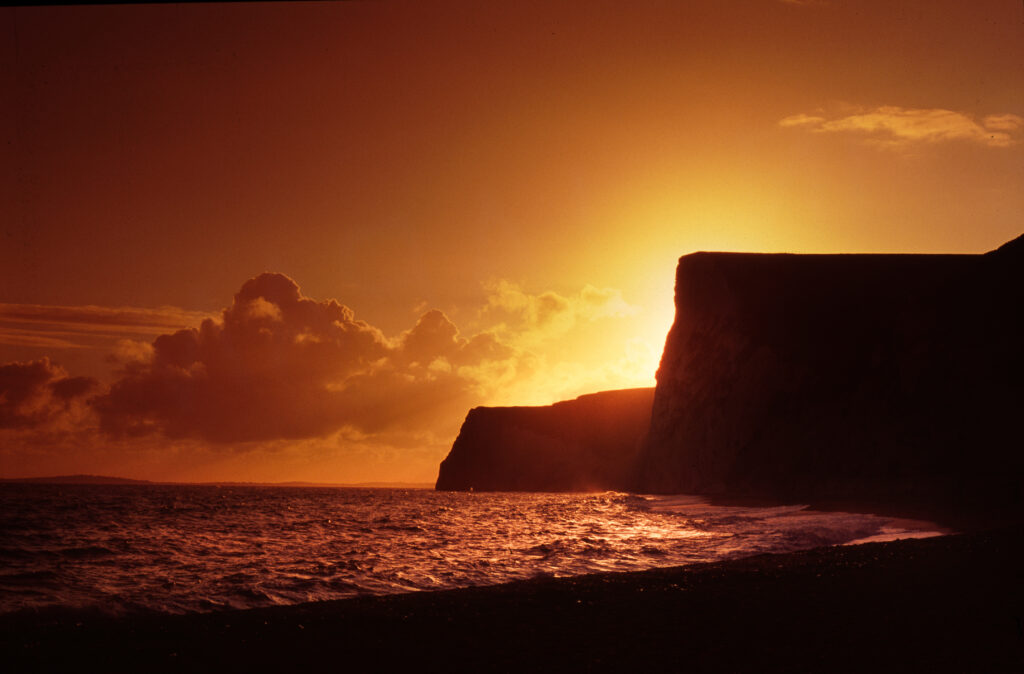
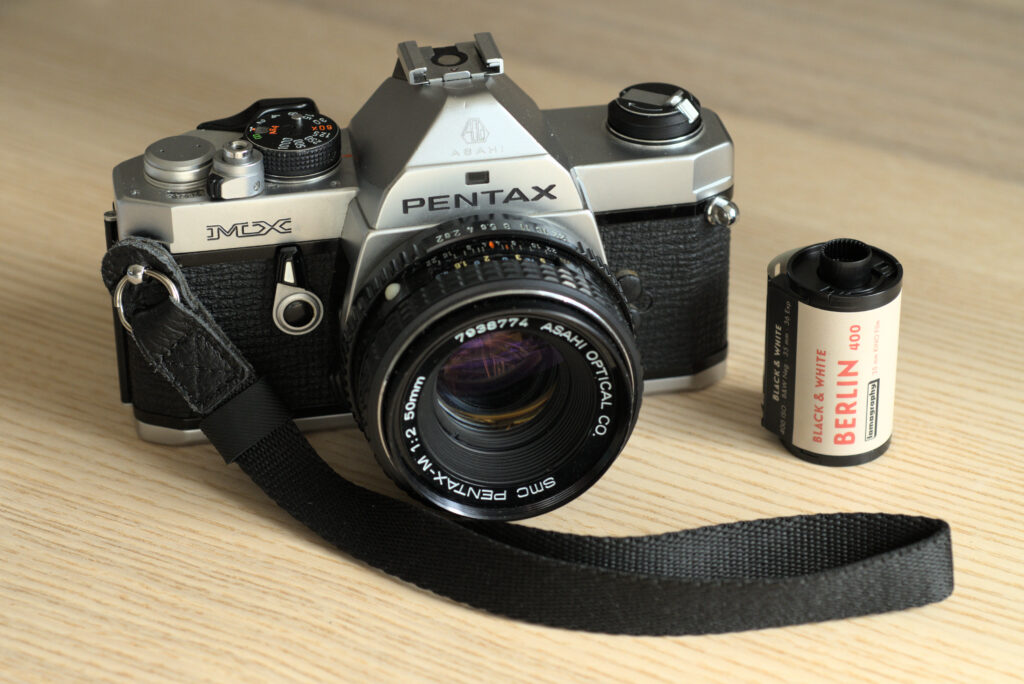
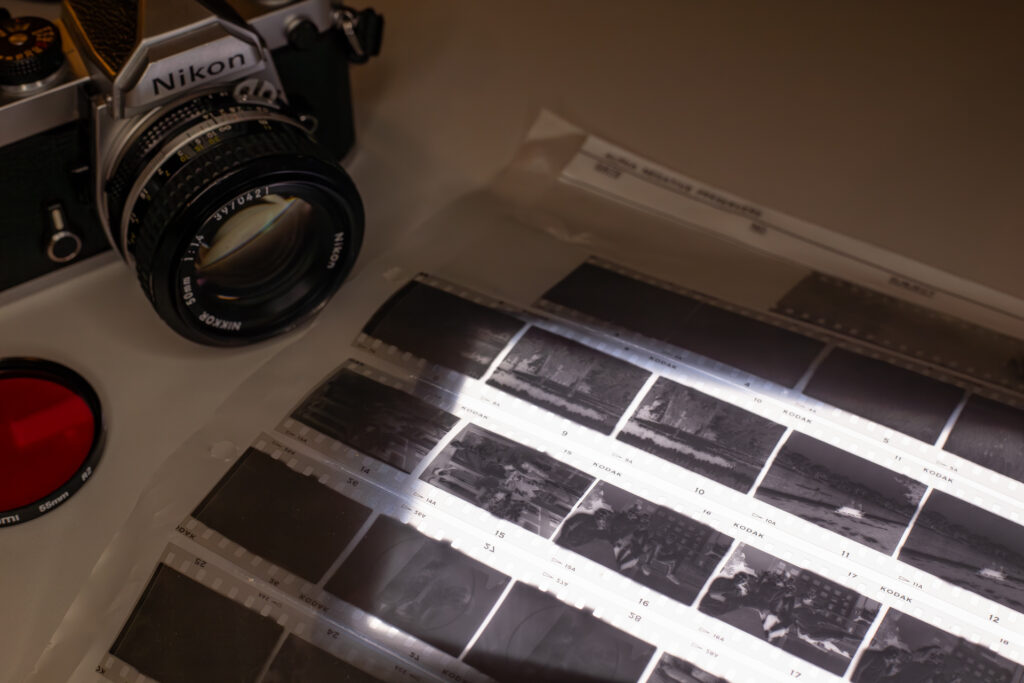
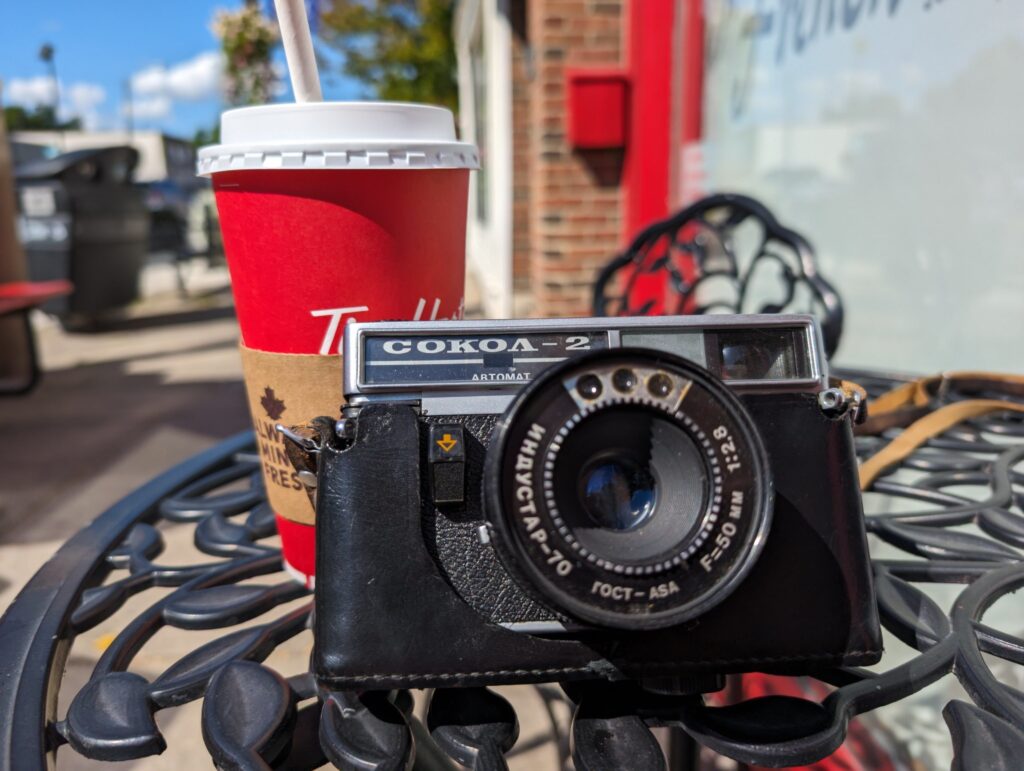




Comments
Graham Orbell on 5 Frames with the Kodak Retina 1a & Very Expired Ilford FP4
Comment posted: 16/04/2023
Sometimes the Retina slow shutter speeds stick if they are not used often enough. The secret is to spend half an hour running each slow speed without a film and they will eventually come right. They work with a different mechanism than the fast speeds.
Yes compact but heavy. I love their foldability. Still a great camera only lacking interchangeable lenses compared to Leica or Contax. Although theoretically the front element can be replaced with a Tele element and I think a wide angle with their own viewfinders. But I’ve never seen a set of them.
Comment posted: 16/04/2023
Ibraar Hussain on 5 Frames with the Kodak Retina 1a & Very Expired Ilford FP4
Comment posted: 16/04/2023
I enjoyed your experience with the film
I’ve never used bulk film nor a loader before and also getting some really really old film to look this good is a nice bonus !!
Comment posted: 16/04/2023
thorsten wulff on 5 Frames with the Kodak Retina 1a & Very Expired Ilford FP4
Comment posted: 16/04/2023
/t
Comment posted: 16/04/2023
Steve Fretz on 5 Frames with the Kodak Retina 1a & Very Expired Ilford FP4
Comment posted: 16/04/2023
Yes, I thought he'd choose a more rugged camera, such as a Leica thread mount, but hey ... you shoot with what you got :-)
Comment posted: 16/04/2023
Comment posted: 16/04/2023
Comment posted: 16/04/2023
Comment posted: 16/04/2023
Comment posted: 16/04/2023
Stephen Hanka on 5 Frames with the Kodak Retina 1a & Very Expired Ilford FP4
Comment posted: 16/04/2023
Stephen Hanka on 5 Frames with the Kodak Retina 1a & Very Expired Ilford FP4
Comment posted: 16/04/2023
Marco Andrés Tapia on 5 Frames with the Kodak Retina 1a & Very Expired Ilford FP4
Comment posted: 16/04/2023
The Retina iic [my preference, the silicone light meter detracts] and iiic have these features:
– Lens: f/2.8 50mm Schneider Xenon C or f/2.8 50mm Rodenstock Heligon C (6 element)
– Interchangeable front component (bayonet)
- Alternative lenses: f/4 80mm, f/4 35mm, f/5.6 35mm
– Viewfinder: bright-line, with outlines for 35mm, 50mm & 80mm lenses, and parallax-correction marks
– Coupled rangefinder
[for more info: http://camera-wiki.org/wiki/Kodak_Retina_IB/IIC/IIIC#Type_029_Retina_IIC]
Kevin on 5 Frames with the Kodak Retina 1a & Very Expired Ilford FP4
Comment posted: 17/04/2023
Comment posted: 17/04/2023
Comment posted: 17/04/2023
Julian Tanase on 5 Frames with the Kodak Retina 1a & Very Expired Ilford FP4
Comment posted: 17/04/2023
Best,
Comment posted: 17/04/2023
John Salmon on 5 Frames with the Kodak Retina 1a & Very Expired Ilford FP4
Comment posted: 18/04/2023
David on 5 Frames with the Kodak Retina 1a & Very Expired Ilford FP4
Comment posted: 18/04/2023
Eg:. Yellow, Green, or orange
Comment posted: 18/04/2023